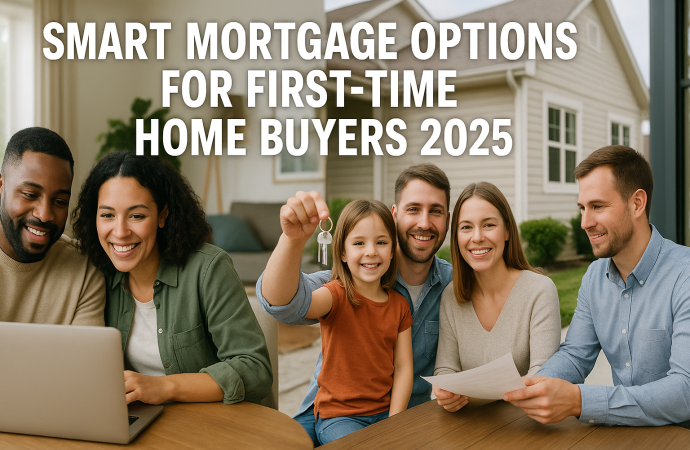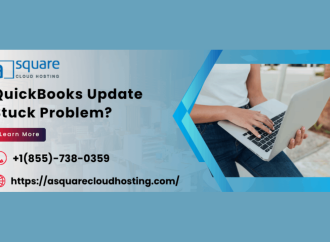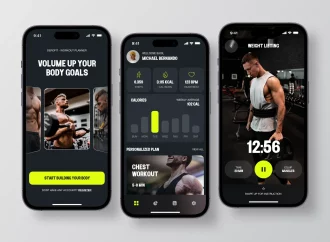Introduction Buying your first home is an exciting milestone, but it can also feel overwhelming, especially when it comes to choosing the right mortgage. With so many different types of loans available, how can you know which one is the smartest choice for your situation? In 2025, there are several smart mortgage options tailored to
Introduction
Buying your first home is an exciting milestone, but it can also feel overwhelming, especially when it comes to choosing the right mortgage. With so many different types of loans available, how can you know which one is the smartest choice for your situation? In 2025, there are several smart mortgage options tailored to first-time homebuyers that can make homeownership more affordable and accessible. This guide will explore the best mortgage options, key factors to consider, and tips for securing the best loan for your needs. By understanding the mortgage landscape, you’ll be able to navigate the home-buying process with confidence.
What is a Mortgage?
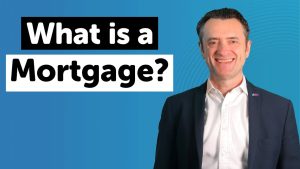
Image by: Yandex.com
Before diving into the different mortgage options, it’s important to understand what a mortgage is. A mortgage is a loan specifically for purchasing real estate, typically paid back in monthly installments over a set period. In exchange for the loan, the lender holds a lien on the property until the loan is paid off in full. Mortgages come with interest rates, and the total cost of your loan will depend on the interest rate, the term length, and the size of the loan.
For first-time homebuyers, getting a mortgage can seem daunting, but with the right knowledge, it can be the key to making homeownership a reality.
Smart Mortgage Options for First-Time Homebuyers in 2025

Image by: Yandex.com
1. FHA Loans: An Affordable Option for New Buyers
The FHA loan is one of the most popular choices for first-time homebuyers. These loans are insured by the Federal Housing Administration, which makes them less risky for lenders and more accessible for borrowers. FHA loans have lower down payment requirements, typically as low as 3.5%, which makes them a great option for those who may not have a large savings cushion.
Additionally, FHA loans have more flexible credit score requirements. While you may still need a minimum score, it’s generally easier to qualify for an FHA loan compared to conventional loans. This option is ideal for first-time buyers who may have less-than-perfect credit.
Key Benefits of FHA Loans:
- Low down payment (3.5%)
- Flexible credit score requirements
- Lower closing costs
- Access to competitive interest rates
2. VA Loans: A No-Down Payment Mortgage Option
If you’re a veteran, active-duty service member, or a qualified surviving spouse, the VA loan is one of the best mortgage options available to you. Offered by the U.S. Department of Veterans Affairs, VA loans require no down payment and no private mortgage insurance (PMI), making them an excellent choice for those who have served or are currently serving in the military.
Since VA loans are backed by the government, they typically offer lower interest rates compared to conventional loans. The lack of a down payment and PMI can save you thousands of dollars over the life of the loan.
Key Benefits of VA Loans:
- No down payment required
- No PMI
- Lower interest rates
- Flexible credit score requirements
3. Conventional Loans: The Standard Mortgage Option
Conventional loans are loans that are not insured or guaranteed by the government. They are offered by private mortgage lenders such as banks and credit unions. These loan options typically require a higher interest rate or higher credit score than government-backed loans and may come with a larger down payment requirement.
While conventional loans tend to have stricter requirements, they can be a good option for first-time buyers who have a stable income and a decent credit score. With a conventional loan, you can avoid paying for government insurance premiums, which can lower the overall cost of the loan.
Key Benefits of Conventional Loans:
- Potentially lower overall cost (no PMI or government insurance premiums)
- fixed interest rates or adjustable rates
- Available for various property types
4. USDA Loans: A Rural Homebuyer’s Best Friend
If you’re looking to buy a home in a rural or suburban area, a USDA loan could be an excellent choice. These loans are backed by the U.S. Department of Agriculture and are designed to help low- to moderate-income buyers in rural areas purchase homes. The biggest advantage of USDA loans is that they offer 100% financing, meaning no down payment is required.
Additionally, USDA loans have lower interest rates and don’t require PMI, making them a great option for homebuyers who want to purchase property outside of major cities.
Key Benefits of USDA Loans:
- 100% financing (no down payment required)
- Low interest rates
- No PMI
- Available to buyers in rural areas
5. First-Time Homebuyer Programs
Many states and local governments offer first-time homebuyer programs designed to make homeownership more affordable. These programs often include down payment assistance, lower interest rates, and grants that can help cover closing costs. The eligibility requirements for these programs vary depending on the location and the buyer’s financial situation, but they are generally aimed at helping buyers who haven’t owned a home in the past three years.
Key Benefits of First-Time Homebuyer Programs:
- Down payment assistance
- Lower interest rates
- Help with closing costs
- Grants and tax incentives
Future of Smart Mortgage Options for New Buyers
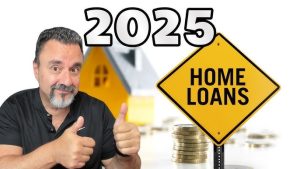
Image by: Yandex.com
Looking ahead, smart mortgages will become even more intuitive and accessible. AI assistants may one day walk you through rate negotiations in real time, using market data to secure the lowest possible cost. Blockchain could speed up title checks and fund transfers, cutting closing times to a single day. Lenders may offer micro-loans for down mortgage payments, paid back via small payroll deductions. Virtual reality house tours linked with live mortgage quotes will let buyers shop and finance homes all in one immersive session. As these innovations roll out, the path to homeownership will grow clearer, faster, and more reliable for every new buyer in 2025.
Comparative Table: Smart Mortgage Options for First-Time Homebuyers
| Mortgage Type | Down Payment Requirement | Key Benefits | Eligibility Requirements |
|---|---|---|---|
| FHA Loan | As low as 3.5% | Low down payment, flexible credit score, lower closing costs | First-time homebuyers, lower credit score, steady income |
| VA Loan | 0% | No down payment, no PMI, lower interest rates | Veterans, active-duty service members, surviving spouses |
| Conventional Loan | Typically 5-20% | No government insurance premiums, fixed or adjustable rates | Higher credit score, stable income, larger down payment options |
| USDA Loan | 0% | 100% financing, low interest rates, no PMI | Low- to moderate-income buyers, rural and suburban areas |
| First-Time Homebuyer Programs | Varies (may offer down payment assistance) | Down payment assistance, lower interest rates, help with closing costs | Varies by location, first-time buyer status |
Conclusion
For first-time homebuyers in 2025, there are several smart mortgage options available, each with unique benefits and requirements. Whether you’re considering an FHA loan for its low down payment, a VA loan for its no-down-payment benefit, or a USDA loan for its rural home financing, understanding your options is key to making an informed decision. Be sure to consider factors like your credit score, down payment, and student loan term when choosing the best mortgage for your situation. With the right mortgage, you can make your dream of homeownership a reality.

